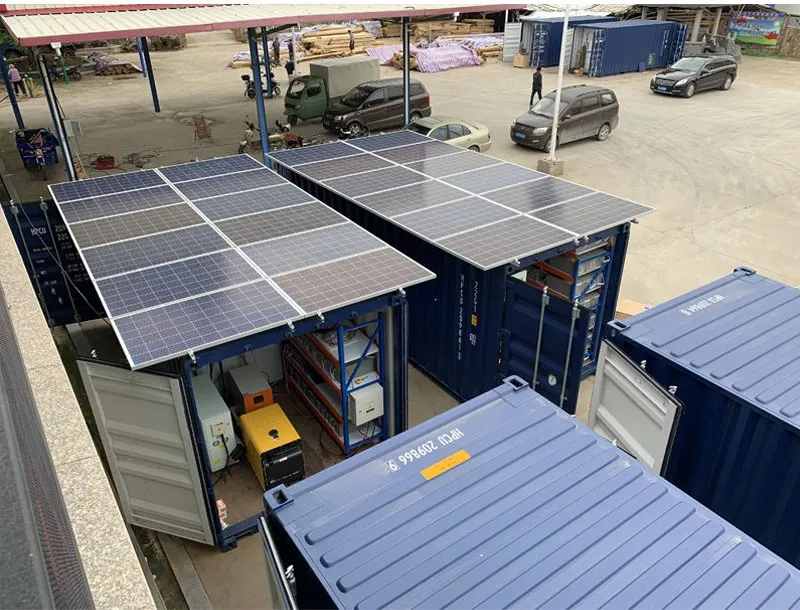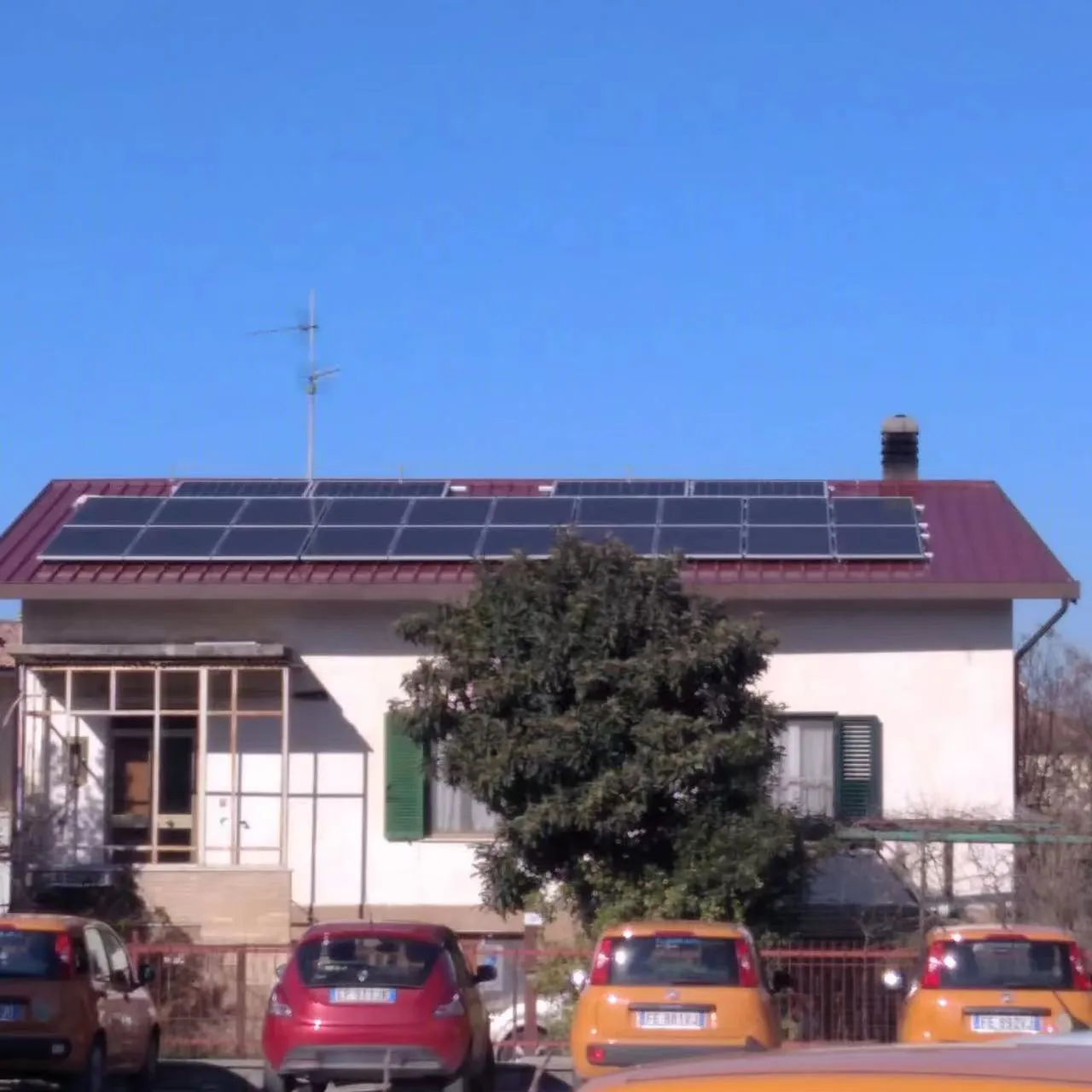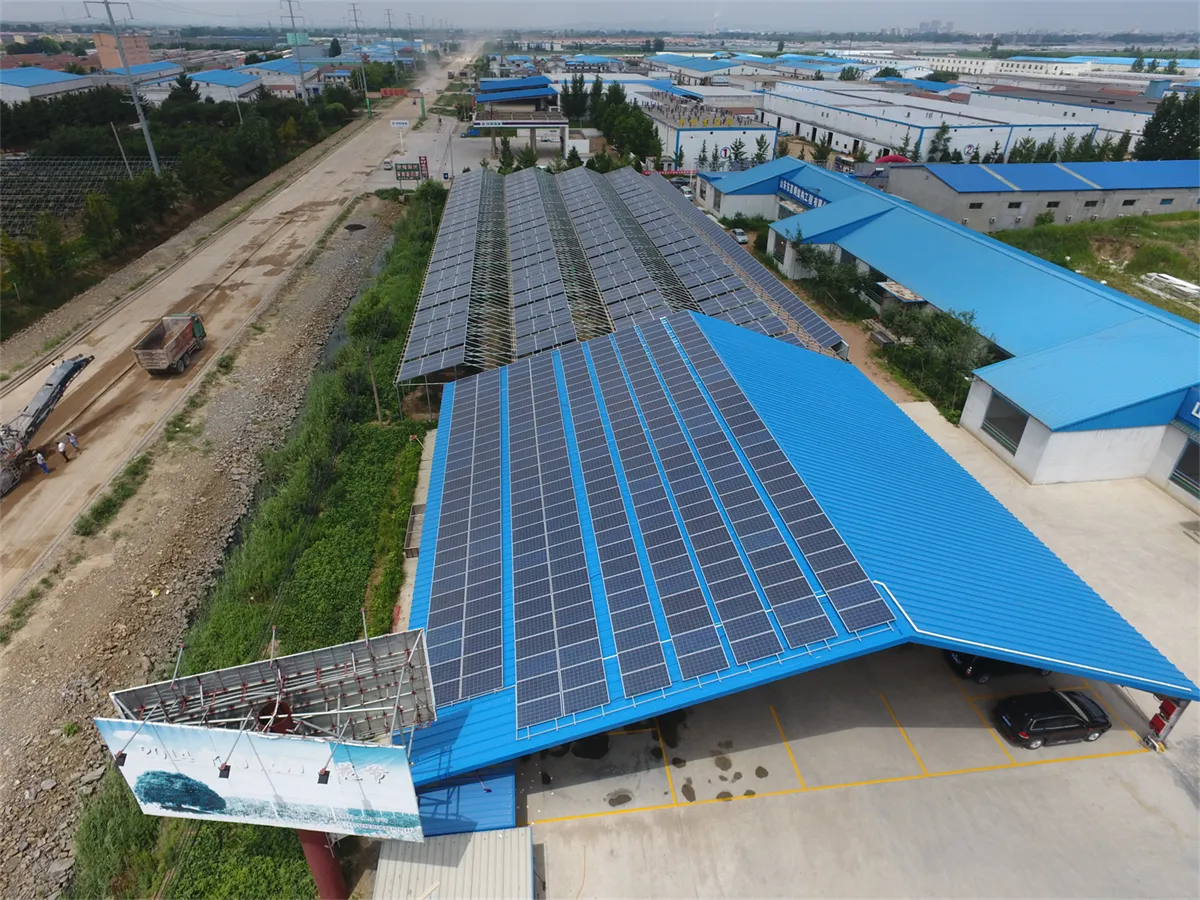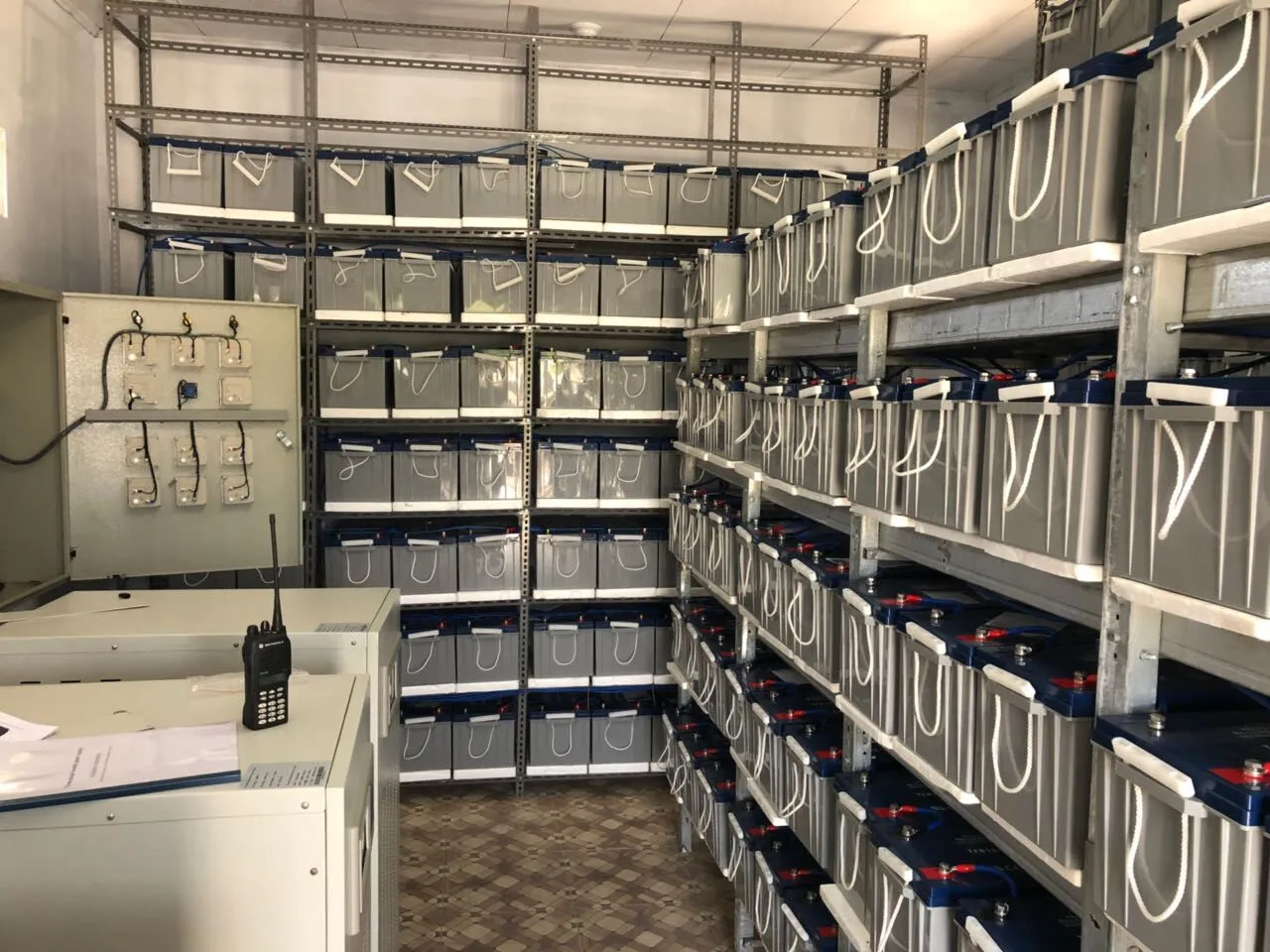
With Solar Panel Prices Continuing to Fall, Is Now the Best Time to Invest?

Exploring the financial and environmental benefits of solar adoption in today's market
Picture this: you're sitting on your porch watching the sunset, knowing your home is powered by the same sun that's painting the sky. That's not just a dream anymore - it's becoming a reality for thousands of homeowners as solar panel costs continue their downward trend. What used to be a luxury reserved for eco-conscious enthusiasts has transformed into a practical financial move for everyday families. But with prices falling steadily, you might be wondering - is now really the moment to take the plunge?
Let's break it down plainly. Since 2010, we've seen a jaw-dropping 82% decrease in solar panel costs. That's not just incremental change - that's a full-blown revolution in renewable energy accessibility. What's driving this? A perfect storm of manufacturing breakthroughs, increased global production, and smart policy decisions. And here's the kicker - experts predict another 15-20% drop over the next three years.
Why Your Wallet Will Thank You
The math speaks for itself. Back in 2008, a typical home solar setup might have set you back around $8 per watt. Today? You're looking at an average of $2.50-$2.80 per watt before incentives. For a standard 6kW system, that's a price tag of about $14,000-$16,800 before the federal tax credit steps in to sweeten the deal.
Here's what that means for your bottom line:
- The federal solar tax credit currently knocks 30% off your installation costs
- Most homeowners see a full return on investment within 6-8 years
- Energy bills typically drop 70-100% immediately after installation
Take Susan from Lexington as an example. She installed panels last spring during a promotion. "I was nervous about the upfront cost," she admits, "but with the tax credit and my new $9 electric bills? I'm actually putting money aside for my daughter's college fund with what I used to pay the utility company." Stories like Susan's are becoming increasingly common as solar transitions from niche to mainstream.

Kentucky's Solar Renaissance
While we're still catching up to solar leaders like California and New Jersey, Kentucky's solar landscape is blossoming in exciting ways. The state's unique combination of decent sunshine hours (about 189 days annually) and progressive net metering policies creates fertile ground for solar growth.
When considering solar solutions , Kentucky homeowners have several trusted installers to choose from:
- Solar Energy Solutions : Known for high-quality installations and transparent pricing
- Independent Energy Homes : Specializes in custom systems for tricky roof layouts
- Homestead Alternatives : Farm-friendly specialists with off-grid expertise
Bobby Thompson from Paducah recently worked with Solar Energy Solutions and shared: "What won me over was their 25-year warranty. They're not fly-by-night installers - they're building a reputation in our community. Knowing they'll be around decades from now gave me peace of mind."

Breaking Down the Battery Question
One of the most common concerns we hear is: "Do I really need expensive batteries?" The answer is... it depends. Thanks to Kentucky's solid net metering program, most homeowners get full credit for excess energy they send back to the grid. But here are four scenarios where batteries make financial sense:
- You live in an area with frequent power outages
- Your utility has time-of-use rates (charging more during peak hours)
- You want true energy independence from the grid
- You're installing a system larger than your immediate needs
Battery technology itself is experiencing its own revolution. Prices have fallen nearly 40% since 2020, and capacities keep increasing. Today's lithium iron phosphate (LFP) batteries last longer, charge faster, and operate more safely than older models. For most Kentucky homes, a 10-14 kWh battery provides ample nighttime power.

The Incentive Sweet Spot
Right now represents a golden window for solar investment thanks to three converging factors:
1. Federal Tax Credit Lock-In
The 30% federal solar tax credit is guaranteed through 2034, but that doesn't mean you should wait. Installations completed later may see reduced benefits as phase-outs begin.
2. Local Utility Rebates
Many Kentucky utilities offer additional rebates ranging from $500-$1,500. These programs often have limited funding and operate on first-come basis.
3. Property Tax Exemptions
Good news for homeowners - your property taxes won't increase when you add solar panels. Kentucky law exempts solar installations from property assessments.
Joe Ramirez from Bowling Green leveraged all these incentives: "Between the federal credit, the KU rebate, and the property tax break, my out-of-pocket was 40% less than the original quote. That made the decision easy."
The Future is Brighter Than You Think
Still on the fence? Consider this perspective - solar panels aren't just an expense, they're an investment with measurable returns. While stocks average 7-10% annual returns historically, a well-designed solar system typically delivers 10-15% guaranteed returns through electricity savings. That's better than most Wall Street products without the roller coaster volatility.
The technology continues advancing too. Perovskite solar cells now in development promise even greater efficiency at lower costs. Future-proof installations today include microinverters that allow panel-by-panel optimization, making it easy to add capacity later.
As David Chen, a renewable energy researcher at University of Kentucky explains: "We're approaching an inflection point where solar plus storage will beat utility prices in all 50 states. That moment will fundamentally reshape America's energy landscape."
Making Your Decision
If you're considering taking the solar leap, follow these practical steps:
- Get Multiple Quotes - Aim for 3-5 detailed proposals
- Check Reviews - Look beyond company websites to SolarReviews and BBB
- Understand Financing - Compare cash purchase, loans, and leases
- Verify Warranties - Ensure panel + labor warranties exceed 10 years
- Ask About Production Guarantees - Reputable installers promise minimum output
Martha Jenkins from Owensboro took her time with the process: "I spent six months researching, but that patience paid off. When I finally pulled the trigger, I knew I got the right system at the right price. Eight months in, my highest electric bill has been $14."
Tags:
Recommend Products











